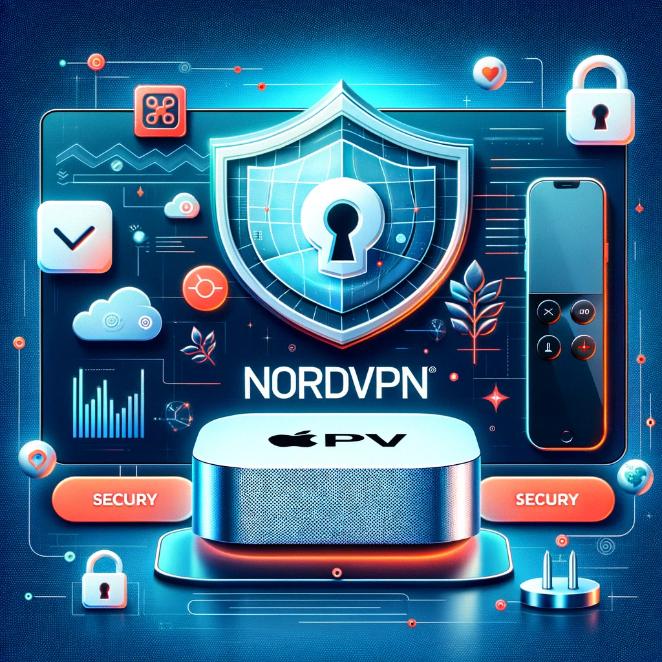While the internet offers many opportunities, it also presents several challenges, particularly in terms of privacy and security. Tools like The Onion Router (TOR), are gaining popularity as solutions to these challenges. But this brings us to the important question – Is TOR safe?

What Is TOR?
TOR, short for The Onion Router, is a free and open-source software that enables anonymous communication on the internet. This system directs your web traffic through an intricate network of servers worldwide, effectively concealing your online activities from anyone monitoring the network.
This level of anonymity makes TOR an attractive option for those concerned about their online privacy. But despite its benefits, TOR is not without its drawbacks, and its safety is a topic of much debate.
TOR’s Safety Features
TOR offers several safety features designed to protect your privacy online.
Anonymity
TOR’s primary advantage is the level of anonymity it provides. When you connect to the internet using TOR, your connection is routed through at least three random servers (also known as nodes) before reaching its destination. This multilayered encryption system, like the layers of an onion (hence the name), ensures your online activity cannot be traced back to you.
Access to the Dark Web
Another feature of TOR is its ability to access the dark web. The dark web is a section of the internet not indexed by traditional search engines. Sites on the dark web have “.onion” domains and can only be accessed using TOR. While the dark web has a reputation for illegal activity, it also serves as a haven for political activists, whistleblowers, and journalists who value their privacy or live under oppressive regimes.
Resistance to Surveillance
Because of TOR’s design, it is exceptionally resistant to surveillance. Governments, ISPs, and hackers often have difficulty tracking activity on the TOR network, making it a valuable tool for those worried about third-party monitoring.
The Risks of Using TOR
Despite these safety features, TOR is not without its risks, and it’s crucial to be aware of these before deciding to use the service.
Exit Nodes
TOR’s main vulnerability lies in its exit nodes. These are the last servers your data passes through before reaching its destination. At this point, your data is decrypted, meaning whoever operates the exit node can potentially see your traffic if it’s not encrypted through HTTPS or another service.
Dark Web Dangers
While TOR’s access to the dark web can be an advantage for some, it can also be a risk. The dark web is known for illicit activities, including the sale of illegal goods, cybercrime, and more. Interacting with these services can put you at risk legally and personally.
Slow Connection Speeds
The extensive routing process of TOR often results in slow connection speeds. While this isn’t a safety issue per se, it does affect usability and can be a drawback for many users.
How to Use TOR Safely
While TOR does have its risks, there are ways to mitigate these and use the service safely:
- HTTPS: Ensure you are using HTTPS connections for all your web activity. This provides an additional layer of encryption, protecting your data even at the exit node.
- Avoid Personal Information: Don’t use TOR for tasks involving personal or sensitive information. This includes banking, logging into email accounts, and anything else that could expose your personal details.
- Avoid Dark Web Activity: Unless necessary, steer clear of the dark web. Many of its dangers can be avoided simply by not interacting with it.
- Use a VPN: Combining TOR with a VPN can add an extra layer of security. This configuration (TOR over VPN) involves connecting to a
- VPN server before accessing the TOR network. This setup further obscures your online activities from your ISP and adds another layer of encryption to your data. Many quality VPN providers, like NordVPN, offer easy-to-use interfaces that are compatible with TOR.
- Update Regularly: TOR frequently updates its software to patch security vulnerabilities and improve functionality. Make sure you’re always using the latest version of the TOR browser.
Is TOR Right for You?
There’s no straightforward answer to this question – it largely depends on your specific needs and how much risk you’re willing to take on.
If you require a high level of anonymity, whether for whistleblowing, activism, journalism, or any other privacy-sensitive activities, TOR might be a good fit for you. On the other hand, if you’re just looking for a way to secure your regular internet activities like shopping, banking, or streaming, a VPN would be a more suitable and user-friendly choice.
If you do choose to use TOR, it’s vital to understand its limitations and the precautions you need to take. Remember, no tool can provide 100% privacy or security, but being informed and cautious can significantly enhance your online safety.
Conclusion
So, is TOR safe? Yes, but with some caveats. It provides robust anonymity and resistance to surveillance, but it isn’t without its vulnerabilities and potential risks. As with any tool, its safety largely depends on how it’s used.
To maximize your safety on TOR, ensure you’re using secure HTTPS connections, avoid providing personal information, steer clear of the dark web, consider using a VPN, and always keep your TOR software up-to-date.
For more advice on staying safe online, check out other articles on guillembaches.com, such as our guide on how to use a VPN and do I need a VPN at home.
Remember, online safety is an ongoing process that involves not just the tools you use but also your habits and awareness. Stay informed, stay cautious, and you can navigate the internet securely, whether you’re using TOR, a VPN, or any other tool.






